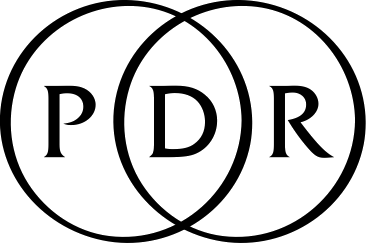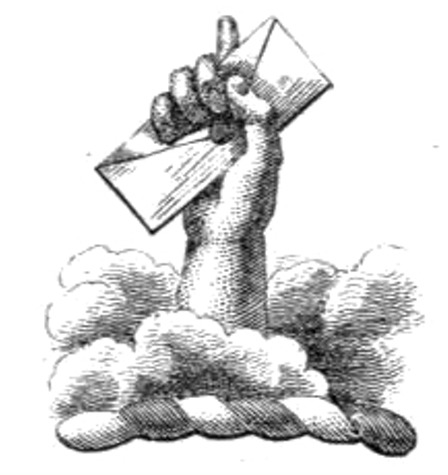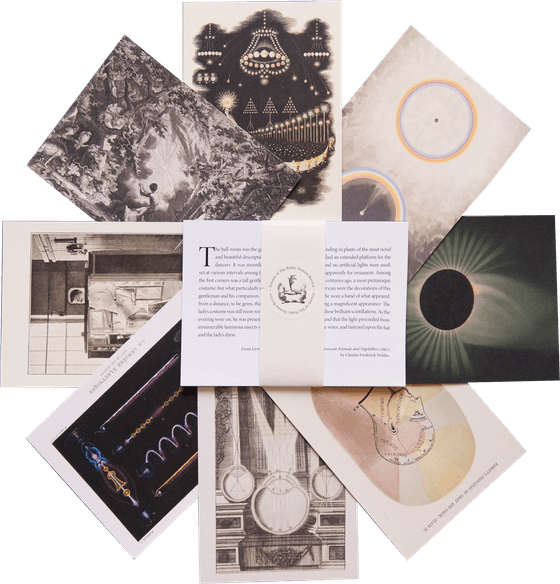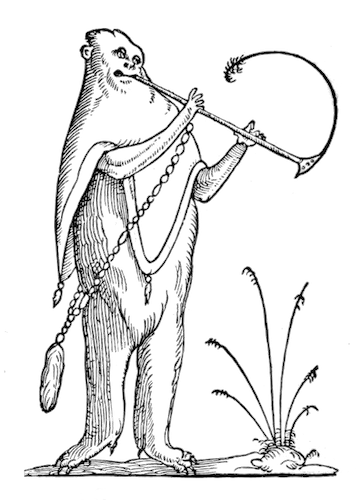
Mudpots and Fumaroles: Lithographs of Yellowstone’s Thermal Springs (1883)
The geologist Ferdinand V. Hayden (1829–1887), famed Yellowstone surveyor, understood the power of the image in protecting one of America’s most iconic landscapes. Hayden clearly had an eye for the sensational. When his first expedition set out in 1871, it featured several artists including the painter Thomas Moran (1837–1926) and the photographer William Henry Jackson (1843–1942). Convincing Congress to protect Yellowstone as the world’s first national park, which Hayden succeeded in doing in 1872, required more than just the maps, desiccated specimens, and precipitation measurements his team brought back. Instead, it was Moran’s and Jackson’s large-format, light-drenched landscapes — of canyons, cliff overhangs, and waterfalls — that are credited with swaying president Ulysses S. Grant’s pen.
Natural beauty was Yellowtone’s saving grace, and communicating this beauty to the American public, and to American policymakers, was the linchpin of Hayden’s project. Perhaps it is this feature of Yellowstone’s history that explains why the illustrations for his later 1878 survey of Yellowstone’s thermal springs are quite so picturesque. Whereas the earlier survey featured frothy waterfalls and high-octane landscapes, this later survey focused on roiling baths of hot mud, low-lying steam vents, and pitted, pockmarked hot springs. Even six years after the park had been established, these images — like the paintings and photographs produced in 1871 — were not mere scientific illustrations: they attempted to communicate the park’s aesthetic value. The project of surveying Yellowstone was always more than a straightforward project of cataloging and quantifying (though the 500-page volume has more than its fair share of that as well).
Published in 1883, the report’s dozens of illustrations are credited to the Philadelphia-based lithographers Thomas Sinclair & Son. Modeled after photographs taken during the expedition, their finely engraved prints — of mudpots, fumaroles, steam vents, and the Yellowstone caldera’s iconic geysers, jetting water and steam hundreds of feet into the air — have an uncanny hyperrealism. With meticulous crosshatching and stippling, the illustrators evoke otherworldly scenes and textures. The accompanying descriptions show how reproducing Yellowstone’s strange geological formations stretched the possibility of both illustration and the written word. The authors outline a crater’s “peculiar opening . . . bordered by dark-brown spongy-looking masses of siliceous sinter”. Shaggy, frilly, and “flaky masses” ring steamy pools; scaly expanses of mud buckle and fold. Conical steam vents rise “beautifully beaded” with “a pearly luster” over hazy pools.
It is a challenging translational maneuver. Engravers were tasked with interpreting a photograph into lines, dots, and dashes; the members of the expedition, with evoking alien landscapes for an audience of Easterners. Many of these scenes were less self-evidently grand than high-arcing geysers, but the authors took the task of conjuring up their beauty just as seriously. Though the number and quality of the lithographs alone would have been an immense investment, they still do not capture Yellowstone’s striking color palette. Looking back at the original 1871 survey and its accompanying watercolors, the authors remember:
As time elapsed after our return our recollection of the coloring naturally became less and less distinct, and we began to think perhaps the colors shown in the sketches were a little too bright. The visit of 1878, however, proved to us again the truthfulness of the pictures. A view of the spring here described will convince any one, no matter how skeptical, that the colors cannot be exaggerated.
Their written descriptions fill in the missing chromatic detail. In one group of springs, “orange, lemon-yellow, and salmon colors are streaked on a milk-white ground in the utmost profusion, as though some painter had emptied pots of paint over the hard sediment from the springs.” The report describes “pulsating geyser cones of both yellow and crimson, paint springs, and rivulets of nearly every color”; it conjures up arches, jets, and explosions, eruptions and spasms, flanked by clouds, vapors, and torrents of mineral water.
Though a far cry from Thomas Moran’s atmospheric, full-color Yellowstone paintings, the 1878 lithographs are not unrelated. Both are part of Hayden’s campaign to aestheticize and protect the natural park. Both capture the majesty of the Yellowstone caldera, at its most imposing and at its most worldly. The images serve triple-duty as scientific illustrations, artworks, and political exhibits. In its earliest days, Yellowstone was still largely inaccessible. Hayden’s reports transported tourists before the train lines were built and lodges erected. Each kind of illustration also becomes promotional material: an attestation to a still-out-of-reach region of almost supernatural beauty.
Enjoyed this piece? We need your help to keep publishing.
The PDR is a non-profit project kept alive by reader donations – no ads, no paywalls, just the generosity of our community. It’s a really exciting model, but we need your help to keep it thriving. Visit our support page to become a Friend and receive our themed postcard packs. Or give a one-off donation. Already a supporter? A huge thank you for making all this possible.
May 7, 2025








